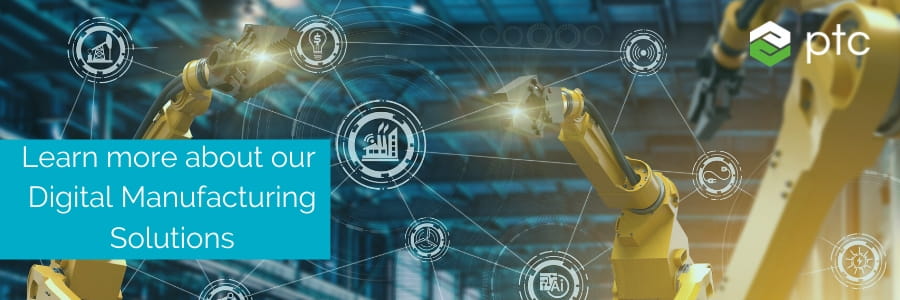How to Use Big Data Analytics to Supercharge Lean Manufacturing
Big data is defined by the ‘three Vs’: Volume, Velocity, and Variety.
- Volume refers to the sheer size of datasets involved. Big data is measured in zettabytes and petaflops. Terabytes at an absolute minimum.
- Velocity describes its continual growth. To take a manufacturing example—a real-time stream of machine health data will generate tens of terabytes per day per plant if all the machines are connected.
- Variety means that ‘big data’ is comprised of many different types of data that regular methods wouldn’t be able to integrate. You might want to compare genomes with lifestyle data and cross-reference with financial history, for example.
With the advent of cloud computing—allowing anyone to connect to servers hundreds of times more powerful than the supercomputers of 20 years ago—big data has become accessible to nearly everyone; usually via a simple web browser and for a relatively low subscription fee.
Regular analytics vs. big data analytics
Spotting the difference between regular analytics and big data analytics is a case of looking for the three Vs: volume, velocity, and variety. Regular analytics will come in similar packages to big data analytics, generally with smaller, more homogenous datasets, collected at lower velocities. The data used for regular analytics may still score highly for one or two of the three Vs, but not all of them. It’s in the combination of all three that big data analytics really comes into its own, especially the third V: variety.
Traditional data processing techniques were generally restricted by only being able to compare similar data—numbers against numbers, for example. The pre-processing methods used in big data analytics enable us to take vastly different types of data and compare them. It’s this power—to identify patterns and trends across wildly varying datasets—that yields the staggering, previously hidden insights.
How manufacturers use big data analytics
Big data analytics is the process of dicing, splicing, and packaging all that data into useful, actionable information. Nowadays, this will mostly involve pre-processing—often via machine learning—algorithms integrating the various datasets and searching for correlations, patterns, and trends. This is then translated into charts, graphs, and tables for human consumption and additional analysis. Google Analytics is a good example of what this looks like.
For manufacturing, the ThingWorx big data & analytics platform, for example, packages the processed data into role-specific dashboards. Technicians are interested in machine health—perhaps to understand when parts are nearing their useful life—whereas operations managers are more interested in production efficiency. The same data can yield both types of insight; it just requires different processing and presentation.
What’s next for big data analytics in manufacturing?
Early examples of big data analytics were largely confined to digitally-available data. The IoT is opening up the physical world. Perhaps the most striking example is in manufacturing. Manufacturers are already using IoT sensors in conjunction with big data analytics to preventative maintenance of service machinery. This in itself is a very narrow use of big data analytics, restricted by business realities.
As more of the business becomes connected, and its big data platform is expanded, data will be collected, collated, and analyzed from across the entire enterprise. Silos will be broken down. Customer service responses may feed into design choices. Production schedules will be adjusted on-the-fly to reflect supply chain realities. Entirely new business models will emerge from the synchronous integration of departments that had previously worked in series or parallel.
For now, the next step for manufacturers is shifting from simply using predictive analytics for servicing machinery to analyzing the entire production environment; identifying skills gaps by analyzing shift patterns, digitally prototyping new processes to reduce waste, and engaging in an optimization program that moves in ever-tighter circles.
To find out more about using big data analytics for ever-leaner manufacturing, download the eBook, Reinvent Lean Today with Digital Technology and learn more about PTC’s Digital Manufacturing Solutions.
